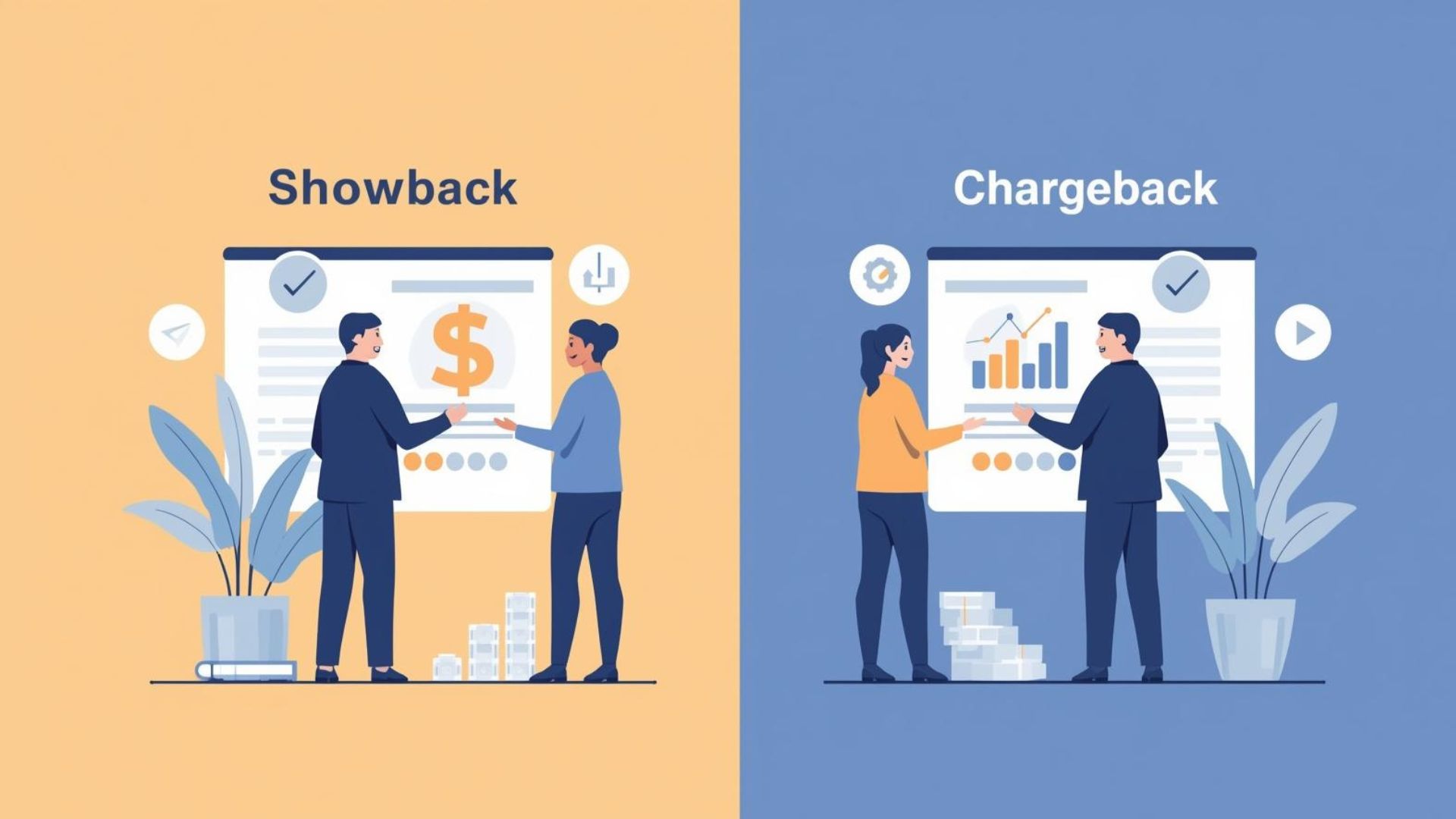Share this:
Posted in:
Cloud ManagementIf you’re trying to make sense of hybrid cloud storage, you’re not alone. For many IT professionals and business leaders, the jargon around “hybrid” this or “multi-cloud” that can be overwhelming, especially when you’re just trying to make the best infrastructure decisions for your organization.
Let’s simplify it. In this article, we’ll break down what hybrid cloud storage really means, why it matters for your business, how it’s different from other storage solutions (like on-prem and public cloud), and where platforms like Visual One Intelligence fit into the picture.
What Is Hybrid Cloud Storage?
At its core, hybrid cloud storage is an approach that combines both on-premises storage systems and cloud-based storage into a single, integrated infrastructure. The goal? To give businesses greater flexibility, better control over data placement, improved cost efficiency, and scalability that meets changing demands.
Instead of choosing between storing everything in-house or outsourcing it entirely to the cloud, hybrid cloud storage allows you to do both—and manage it seamlessly.
How Hybrid Cloud Storage Works
Hybrid cloud storage functions by syncing data across two or more environments:
- On-premise infrastructure: This includes traditional data centers and SANs (Storage Area Networks) that your IT team manages.
- Public cloud services: Think AWS, Microsoft Azure, Google Cloud—storage you can rent and scale on demand.
A hybrid setup lets organizations:
- Store critical data locally for performance or compliance reasons
- Use cloud storage for backup, archives, and disaster recovery
- Automatically move files between environments based on usage patterns and cost logic
Thanks to technologies like data virtualization, containerization, and APIs, hybrid cloud architecture allows data to move more fluidly—not just back and forth, but intelligently.
Hybrid Cloud Storage vs. Traditional and Cloud-Only Storage
To really understand the benefits of hybrid cloud storage, it helps to see how it stacks up against other options:
| Feature | On-Prem Storage | Public Cloud Storage | Hybrid Cloud Storage |
|---|---|---|---|
| Cost Structure | High CapEx | Pay-as-you-go (OpEx) | Blended CapEx/OpEx |
| Scalability | Limited by hardware | Virtually unlimited | Highly flexible |
| Data Control | High | Depends on provider | High for sensitive data |
| Performance | Low latency | Depends on network | Configurable per workload |
| Disaster Recovery | Manual or internal | Available on-demand | Automated, flexible |
| Compliance Readiness | Easier for some | Challenging globally | Choose where to store data |
The hybrid model offers the best of both worlds. You don’t have to give up control over proprietary data, and you still get the flexibility and instant scalability of the cloud.
Why Hybrid Cloud Storage Is Becoming the New Norm
Data growth isn’t slowing down. With more apps, services, and touchpoints generating real-time data, enterprises can’t afford to be pinned to one strategy.
Here’s why hybrid cloud storage is gaining traction across industries:
1. Flexibility for Dynamic Workloads
Not all workloads are created equal. Some need low latency and high performance (like databases), while others can tolerate slower access (like archival data). Hybrid storage lets you assign storage tiers based on real usage.
2. Regulatory Compliance
Data governance varies by industry and region. Hybrid solutions allow businesses to store regulated data in-house while using the cloud for less sensitive material.
3. Cost Optimization
By keeping frequently accessed or performance-critical data on-prem and using the cloud for scale-out scenarios, companies can avoid over-provisioning hardware. This helps align with effective cloud cost optimization strategies.
4. Business Continuity
Hybrid configurations support redundancy. If one environment goes down, you don’t lose access to critical backups stored elsewhere.
5. Future-Proofing
A hybrid approach keeps you agile. You can adopt new cloud-native services without forcing the entire business to migrate in one giant leap.
Challenges of Managing Hybrid Cloud Storage
Of course, hybrid solutions aren’t without complexity.
1. Visibility Gaps
It’s easy to lose track of where data resides—especially in multi-cloud setups. Without a unified dashboard, optimizing usage and discovering anomalies becomes a guessing game.
2. Cost Sprawl
Multiple vendors and variable billing models can result in a fragmented view of your total storage costs.
3. Integration Troubles
Legacy systems don’t always play nicely with modern APIs and cloud connectors. The integration layer needs to be well-architected.
4. Shared Responsibility
Security responsibilities can be unclear—who protects the data when it’s in transit or stored offsite?
This is exactly where platforms like Visual One Intelligence’s visual cloud intelligence platform give organizations a leg up by delivering real-time visibility into hybrid infrastructure and storage consumption across environments.
How Visual One Intelligence Supports Hybrid Cloud Storage
Visual One Intelligence helps IT and infrastructure teams get meaningful answers from complex hybrid environments. Rather than offering a patchwork tool, it delivers unified insight across both cloud and on-prem storage through advanced metrics and automated recommendations.
Predict and Prevent Infrastructure Issues
Visual One Intelligence goes beyond simple alerts. Using predictive AI and anomaly detection, the platform identifies storage capacity risks before they impact business, helping you prevent outages and upscale smoothly.
Real-Time and Historical Metrics
Get detailed visibility into SAN and virtualization performance across hybrid clouds—so you’re not just observing, but learning from trends and patterns.
Optimize Storage Usage and Reduce Costs
Whether it’s eliminating underused cloud volumes or right-sizing data sets on-prem, Visual One Intelligence helps IT leaders identify and act on improvement opportunities in hybrid setups—often saving more than the platform costs.
Infrastructure Automation and Reporting
With features designed around infrastructure automation and operational efficiency, you can reduce manual workloads and generate actionable reports that keep leadership in the loop without the need for constant manual analysis.
Real-World Use Cases for Hybrid Cloud Storage
Hybrid cloud storage fits a wide range of industries and business needs. Here are a few common examples:
- Healthcare: Store confidential patient files on-prem while using cloud storage for research data or long-term backups.
- Financial Services: Keep trading data local for latency, but use the cloud for model training and analytics.
- Retail: Use on-prem systems for POS and inventory, with cloud storage handling eCommerce logs and customer analytics.
By tailoring your hybrid cloud strategy to your operational needs, you can make the most out of both environments—without needing to compromise.
Is Hybrid Cloud Storage Right for Your Business?
The real question isn’t whether hybrid cloud storage is the future—it’s how you can adopt it effectively today.
For companies that need to balance performance, cost control, compliance, and scalability, the hybrid approach often offers the most strategic value. But it only works if you can measure and manage it effectively.
Visual One Intelligence gives you the tools to truly harness the hybrid cloud. From preventing downtime to optimizing your IT footprint, it’s designed to help you fix today’s problems and prevent tomorrow’s.
To learn more about aligning your technology roadmap with intelligent infrastructure decisions, explore how Visual One’s platform supports better hybrid cloud decisions with full-stack clarity and control.
You can also visit this useful guide on hybrid cloud computing to understand the broader technology landscape.
Conclusion: Make Hybrid Work For You
Hybrid cloud storage isn’t just a buzzword. It’s a smart, flexible strategy for today’s data challenges—combining control with agility, and performance with cost-efficiency.
But implementing it right? That takes visibility, control, and proactive management.
Whether you’re just beginning to explore hybrid cloud or already dealing with the growing pains of managing complex infrastructure, Visual One Intelligence is here to help you simplify, optimize, and future-proof.
Want to get more insights like these? Keep following the blog, email us, or reach out at (972) 906-7500 to see how hybrid cloud strategies can support your business goals.



